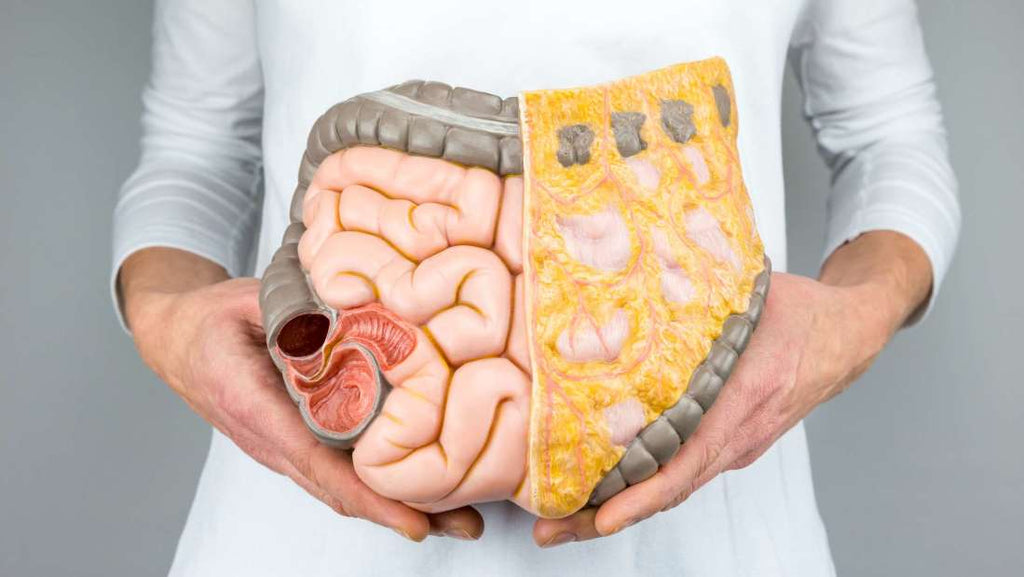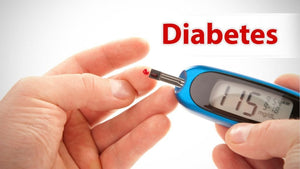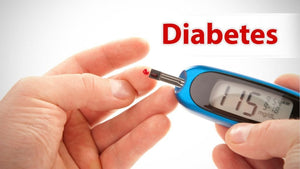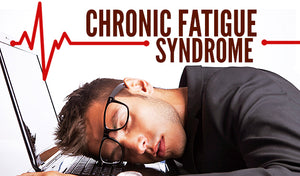QUICK HEALTH TIPS: Candidiasis

CANDIDA ALBICANS, a single-celled fungus, is always present in the genital and intestinal traces. However, if it is present in disproportionate quantities, it can cause infection.
Since candidiasis can affect various parts of the body—most commonly the mouth, ears, nose, toenails, fingernails, gastrointestinal tract, and vagina—it can be characterized by a wide array of symptoms. These include constipation, diarrhea, colitis, abdominal pain, headaches, bad breath, rectal itching, impotence, memory loss, mood swings, prostatitis, canker sores, persistent heartburn, muscle and joint pain, sore throat, congestion, nagging cough, numbness in the face or extremities, tingling sensations, acne, night sweats, severe itching, clogged sinuses, PMS, white spots on the tongue or mouth, extreme fatigue, vaginitis, kidney and bladder infections, arthritis, depression, hyperactivity, hypothyroidism, adrenal problems, and even DIABETES. Symptoms often worsen in damp or moldy places, or after consumption of foods containing sugar and/or yeast. Because of its many and varied symptoms, this disorder is often misdiagnosed.
Candidiasis may affect both men and women; however, it is most common in babies (an infected mother passes the fungal infection to her newborn) and in persons with compromised immune systems, and as it proliferates, the fungus releases toxins that weaken the immune system further. Other factors that increase the chances of contracting a yeast infection include pregnancy and the use of corticosteroid pharmaceuticals.
Yeasts, including candida, feed on sugar. If the body’s pH balance is upset for any reason, the friendly bacteria that normally metabolize sugars cannot thrive and do their job properly, and there is a risk of Candida albicans flourishing in this sugar-rich environment. Antibiotics, which kill beneficial bacteria along with the harmful ones, are another cause of yeast infections.
SOME RECOMMENDATIONS:
All people on long-term antibiotics or chemotherapy are at high risk for severe cases of candidiasis. Taking antibiotics also can cause a deficiency of vitamin K, which is manufactured by the “good bacteria” in the intestines. Eating plenty of leafy greens, alfalfa, strawberries, whole grains and yogurt can restore the vitamin K balance.
Colloidal silver is a natural broad-spectrum antiseptic that fights infection, subdues inflammation, and promotes healing. It is a clear golden liquid composed of 99.9 percent pure silver particles approximately 0.001 to 0.01 microns in diameter that are suspended in pure water. Colloidal silver can be taken by mouth, administered intravenously , or applied topically.
The supplement Acidophilus is an excellent tool for fighting candidiasis
Eat vegetables, fish, and gluten-free grains such as brown rice and millet
Eat plain yogurt that contains live yogurt cultures.
Make sure your diet is fruit-free, sugar-free, and yeast-free. Candida thrives in a sugary environment, so your diet should be low in carbohydrates and contain no yeast products or sugar in any form.
Avoid aged cheeses, alcohol, baked goods, chocolate, dried fruits, fermented foods, all grains containing gluten (wheat, oats, rye and barley), ham, honey, nut butters, pickles, potatoes, raw mushrooms, soy sauce, sprouts and vinegar.
Eliminate citrus and acidic fruits such as oranges, lemons, grapefruits, tomatoes, pineapple, and limes for one month; then add back only a few twice weekly. Although they seem acidic, these fruits are actually alkaline-forming in the body and candida thrives on them.
To prevent infection, replace your toothbrush every thirty days. This is a good preventative measure against both fungal and bacterial infections in the mouth
Wear white cotton underwear. Synthetic fibers lead to increased perspiration, which creates a hospitable environment for candida, and also traps bacteria, which can cause a secondary infection.
Avoid household chemical products and cleaners, chlorinated water, mothballs, synthetic textiles, and damp and moldy places, such as basements.
- Martha Ruiz









Comments 0